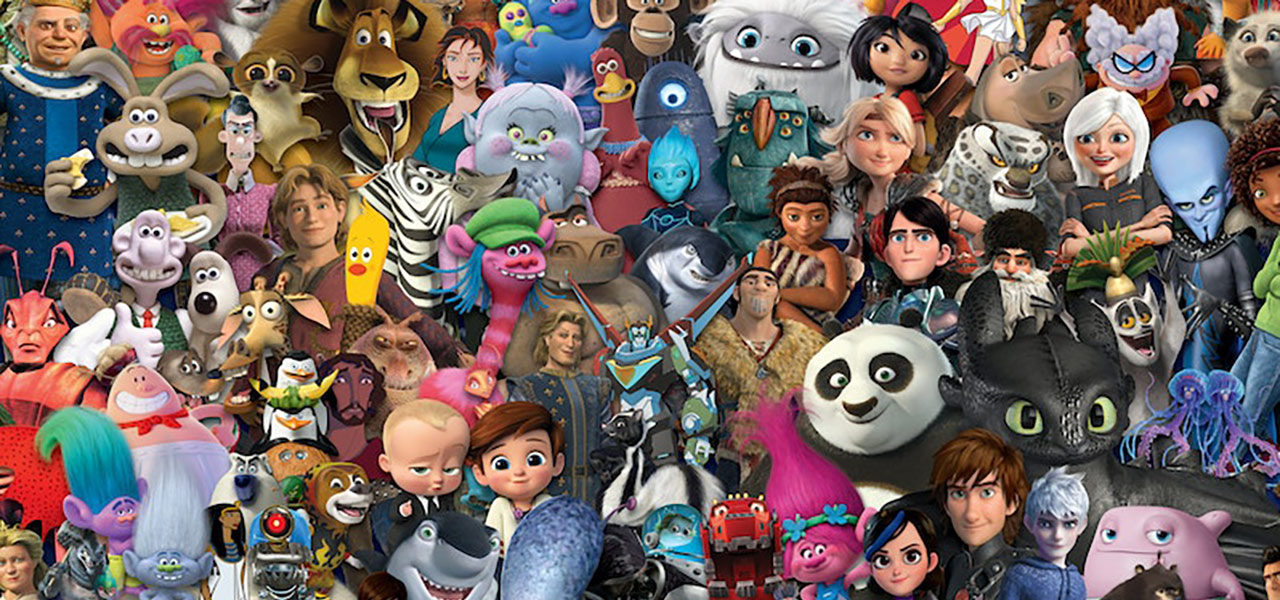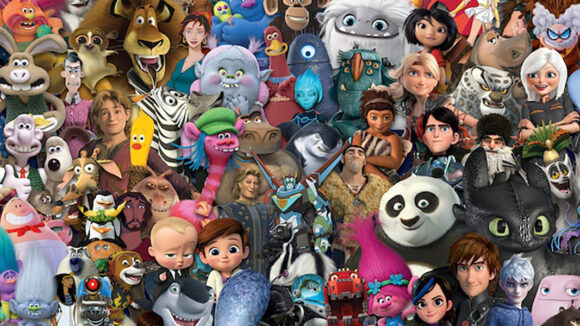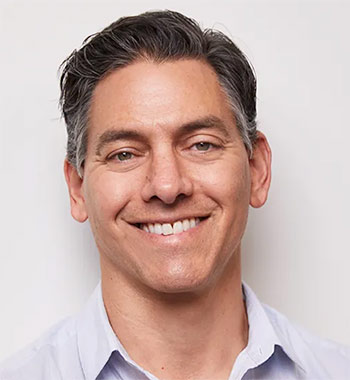

Dreamworks Shifting Away From In-House Production In Los Angeles; Sony Imageworks Is A New Production Partner
EXCLUSIVE: As part of cost-cutting measures, Dreamworks Animation is shifting away from producing films fully in-house at its Glendale, California studio and will rely more heavily on third-party studios. The studio’s chief operating officer Randy Lake laid out the studio’s plans in a series of meetings last month, from which Cartoon Brew is revealing details publicly for the first time.

Cartoon Brew understands that morale is low at the studio, according to multiple workers who communicated with us. For good reason, too: Dreamworks, along with Walt Disney Animation Studios, stood as the last of the major feature animation studios in Los Angeles that still did the production for some (not all) of its films entirely in-house. Two of its feature films planned for next year – Kung Fu Panda 4 and The Wild Robot – are being produced entirely in-house, with only the direct-to-streaming feature Orion and the Dark being produced by a partner studio.
But that will all change in 2025, according to Lake’s presentation to workers. None of the studio’s three films currently slated for 2025 will be made fully in-house.
Enter Sony Pictures Imageworks
One of those three films – an unannounced sequel – will be made using the studio’s new “mixed production model,” in collaboration with Sony Pictures Imageworks. Dreamworks’ two other films in 2025 – the previously announced Dog Man and an unannounced film – will be animated entirely at partner studios (which are not Imageworks), similar to how the studio utilized Jellyfish Pictures for Spirit Untamed and Mikros Animation for Captain Underpants: The First Epic Movie.
The new mixed-pro model is being tested with Imageworks, which has production studios in Vancouver and Montreal. Imageworks is the main animation studio for Sony Pictures Animation, handling the Spider-Verse and Hotel Transylvania franchises, but it also serves as a vendor studio, producing animated films for companies like Netflix (The Sea Beast, Over the Moon) and Warner Bros. (Storks, Smallfoot).

According to comments that Dreamworks evp of feature production Erika Burton made to workers last month, Dreamworks will handle all creative front end of the unannounced sequel (story, art, editorial, previs), as well as approximately 50% of the asset build and one hour of production. Imageworks will handle the other 50% of asset builds and 20 minutes of shot production. While this is the current thinking of management at Dreamworks, Burton said that the exact percentages were still being worked out and subject to change.
Burton added that Imageworks will be given major responsibility, handling entire sequences and standalone parts of the film, rather than receiving random shots and pick-up work. Dreamworks creative leadership will remain engaged with Imageworks throughout the process. She believes that there is potential for a “long-term strategic partnership” with Imageworks if this first production goes smoothly. In the past, Dreamworks has re-used partner studios with whom it had a successful relationship, notably Mikros and Jellyfish.
How does this affect Dreamworks in-house staff?
During Lake’s presentation to workers, he indicated that the Comcast-NBCUniversal-owned studio wanted to reduce production costs by 20%. Workers at Dreamworks are concerned that this new partnership with Imageworks reflects the new reality at the studio, and that Dreamworks will no longer fully-produce any of its animated films in-house.
Lake has already signalled that headcount will be reduced at the studio. Some of this will happen through “natural attrition,” which means that the studio won’t renew some of its contract workers. Lake has said that workers will receive at least four weeks notice if they are being let go, either through attrition or a layoff. He has also floated the idea of consolidating the staff so that Dreamworks doesn’t take up its entire campus in Glendale, thus allowing the company to lease out parts of its 15-acre campus to other parties.
He told workers that he wanted to “keep the majority of work in house, but outsource some of our asset and shot work to partner studios in tax advantaged/lower cost geographies.” The goal with the mixed production model is to maintain the same quality of work with a lower cost of production. To that end, Lake wants to keep the most complex work in house to “set the creative bar for the films.” He said that the company would retain key talent across all parts of the company, because he didn’t want to dissolve entire departments.
In a statement to Cartoon Brew, a Dreamworks spokesperson further explained:
The industry is facing a more challenging box office environment and the costs of making creatively ambitious animated films have increased. To reduce production costs while maintaining quality, DreamWorks is defining a new feature production model where a portion of the asset and shot work will be performed by partner studios on a case by case, budget dependent basis. This strategy will be implemented for feature films released in 2025 and beyond.
Cause for concern?
Lake’s history as an executive has raised questions among Dreamworkers about his true intentions. Lake, a former securities attorney and strategic consultant at Booz Allen, was part of the senior management at Sony Pictures Imageworks from 2006-2019, a period in which the studio shifted the majority of its production from Culver City to Vancouver, Canada to take advantage of favorable foreign tax credits. In fact, Imageworks, which Dreamworks will partner with for one of its 2025 films, was overseen by Lake for some years. During Lake’s time at Imageworks, the company also set up a short-lived studio in Albuquerque, New Mexico.
But in fairness to Lake, a mixed production model for Dreamworks still keeps some production work in Los Angeles, which is more than can be said for other animation studios. Sony Pictures Animation, Skydance Animation, and Illumination produce most of the assets and animation for their films at studios that they own outside of the United States, while Warners and Paramount outsource production to third-party studios in other countries. Lake has said that Dreamworks doesn’t want to own any vendor studios, as Sony, Skydance, and Illumination do, because working with third-party vendors affords the company greater flexibility.

.png)